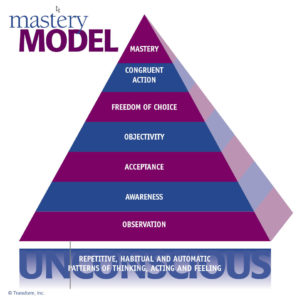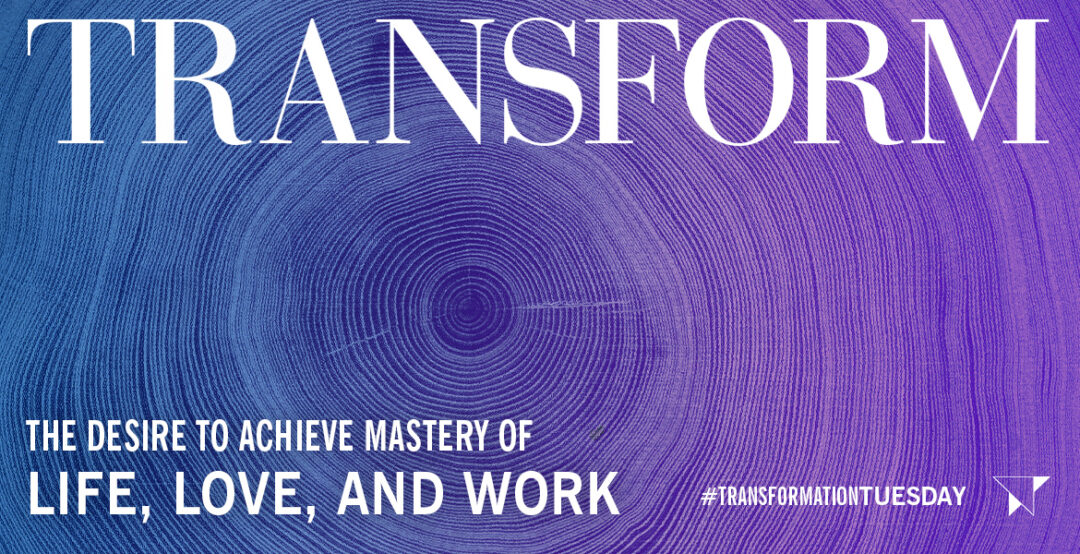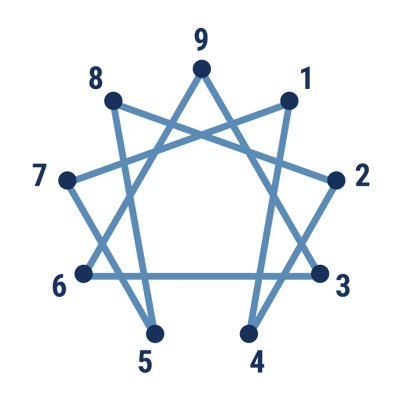The desire to achieve mastery of life, love, and work is hard-wired into us. This innate need to accomplish, to conquer our internal struggles, to cure self-doubt, to come to speaking terms with our emotions, to have a great relationship with ourselves and others, and of course, to become essentially happy and fulfilled is a deep desire for many of us.
Everyone has their personal spin on the journey, their personal backstory, and their personal and unique path towards mastery. Mine is sometimes pretty convoluted.
Fortunately, I choose to build a life that supports my journey and helps keep me focused on what’s important, reminds me when I forget what I already know, challenges me, and cheers me on.
I’m sure you have your own version of what keeps you moving forward. Send a note and fill us in on your path so we can all keep learning and growing together.
Here’s a link to our Mastery Model. We hope it’s of use. Feel free to share it if you like.
And if you need some help getting started – or getting back on your path – give us a call. We’re here to help.
Key Elements of the Mastery Model

1. Observation
The journey toward self-mastery begins with observing a situation or interaction. Keep in mind that observation is a learned skill that gets easier and refined with practice. You may find at first that your observations occur at the end of the day as you reflect upon situations you encountered. Other observations may come in the form of feedback from your colleagues. As you become more comfortable with this skill, you will find yourself observing more “in the moment” rather than after the fact.
2. Awareness
Once you begin observing, you can tune into your habitual patterns of thinking, feeling, and behaving and their influence over your emotions and actions. Awareness helps us discover the “why” behind what we do. Once we understand the “why,” we are ready for the next step—acceptance.
3. Acceptance
Knowing why we do what we do leads us to realize that we have not been “in control” but rather on automatic, acting from habit, faulty beliefs, and/or assumptions. This realization may be a difficult one to swallow, yet accepting what “is” right now is the launching pad toward self-mastery. Acceptance without self-critical judgments, knowing that we have always done the very best we could, is important and opens the door to the next step of mastery.
4. Objectivity
Now that you’re observing and aware and able to understand and accept “why” you do what you do, you can step back and objectively assess a situation or interaction. Is your approach—formulated by your habitual patterns of thinking, feeling, and behaving—producing the desired results? Or is it time to choose a different course of action?
5. Freedom to Choose
You have arrived at the crossroads. When you’re on automatic, there is no freedom of choice. But now you recognize the unconscious habits that drive you—and you can consciously choose your behavior and response.
6. Congruent Action
Choosing the next right action and doing it are two different animals. Intellectually we often know the right action to take, but old beliefs may inhibit us from doing them. Congruent action means that you choose to act in a certain way, and you do it! As you master certain skills, this way of being becomes effortless and automatic.
7. Mastery
Congratulations! You’ve crossed the finish line. But remember—mastery is an ongoing process, a continuous practice that is available to all yet utilized effectively by few. As you continue to develop and refine the skills, behaviors, and attitudes that reinforce mastery, you will achieve your desired results and recognize the positive, productive impact on those around you.
Mary Anne Wampler
PRINCIPAL, TRANSFORM, INC.




